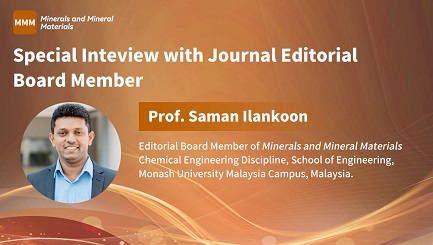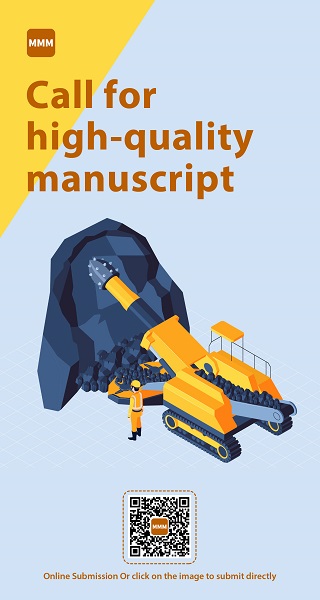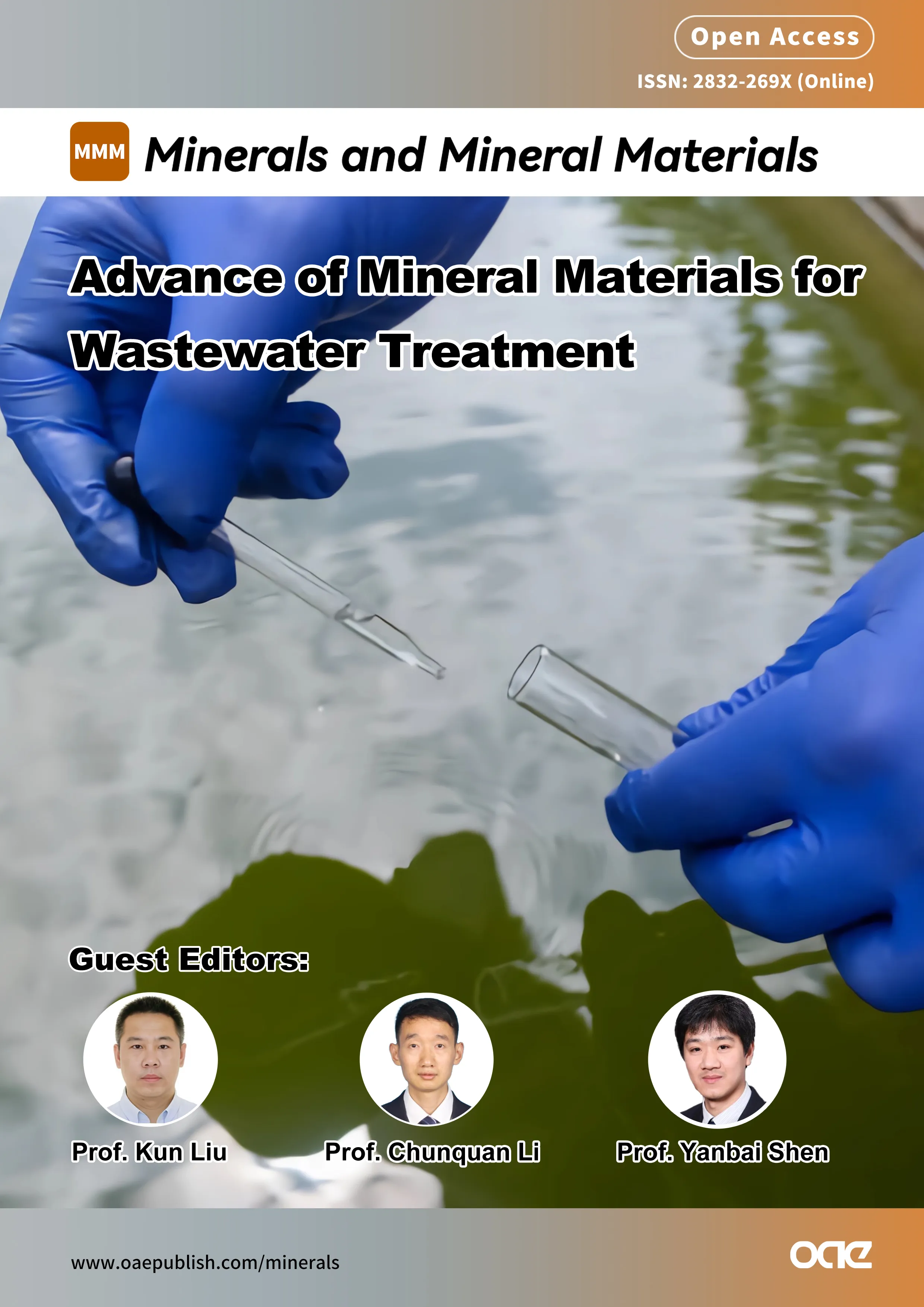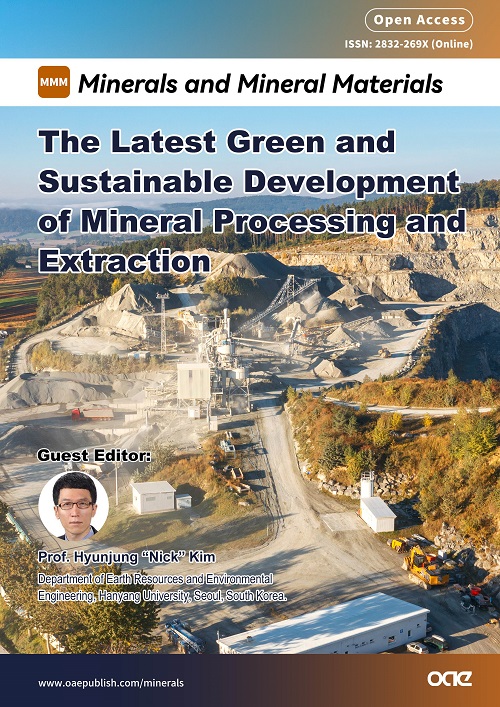Minerals and Mineral Materials

Special Interview with Prof. Saman Ilankoon
NaN
Views: Downloads:
Views: Downloads:
Views: Downloads:
Views: Downloads:
Views: Downloads:
Views: Downloads:
Views: Downloads:
Views: Downloads:
Data
118
Authors
445
Reviewers
2021
Published Since
For Reviewers
For Readers
Add your e-mail address to receive forthcoming Issues of this journal:
Themed Collections
Related Journals

Special Interview with Prof. Saman Ilankoon
NaN
Related Journals
Coming soon.
Data
118
Authors
445
Reviewers
2021
Published Since
















